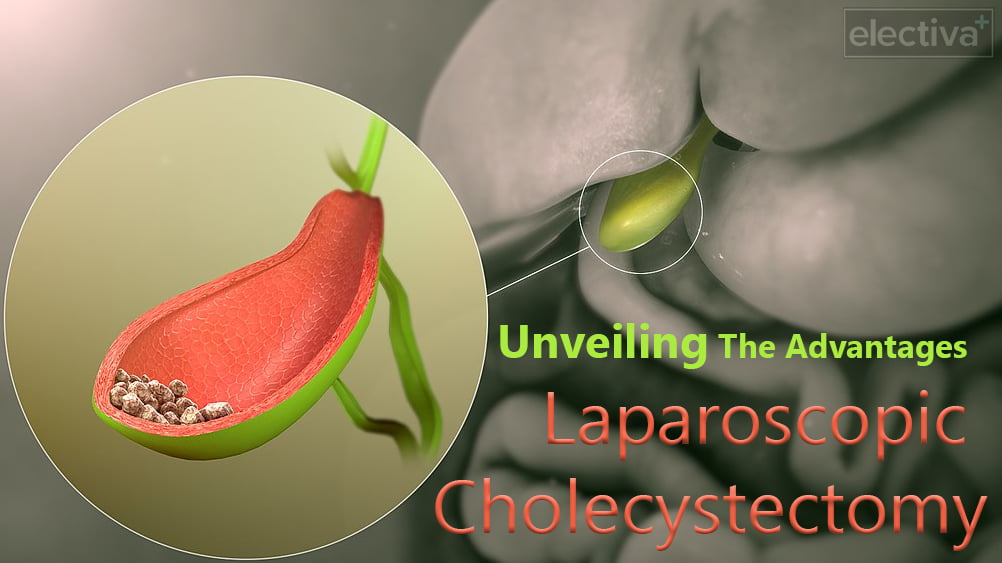Introduction
In the realm of surgical procedures, laparoscopic cholecystectomy has emerged as a groundbreaking technique for the removal of the gallbladder. With its minimally invasive approach and numerous benefits, this procedure has revolutionized the field of general surgery. In this article, we will delve into the world of laparoscopic cholecystectomy, discussing its advantages, procedure details, and recovery process.
Understanding Laparoscopic Cholecystectomy
Laparoscopic cholecystectomy is a surgical procedure designed to remove the gallbladder using minimally invasive techniques. Unlike traditional open surgery, which requires a large incision, laparoscopic cholecystectomy involves several small incisions through which a laparoscope and specialized surgical instruments are inserted.
Advantages of Laparoscopic Cholecystectomy
2.1 Minimally Invasive Approach
One of the key advantages of laparoscopic cholecystectomy is its minimally invasive nature. The small incisions used in this procedure result in less post-operative pain, reduced scarring, and a quicker recovery compared to traditional open surgery.
2.2 Reduced Hospital Stay
Patients undergoing laparoscopic cholecystectomy often experience a shorter hospital stay. Due to the minimally invasive nature of the procedure, the recovery period is typically shorter, allowing patients to return to their normal activities sooner.
2.3 Faster Recovery and Return to Work
The recovery time for laparoscopic cholecystectomy is generally faster compared to open surgery. Most patients can resume their regular daily activities, including work, within a week or two after the procedure.
2.4 Decreased Risk of Complications
Laparoscopic cholecystectomy carries a lower risk of complications compared to open surgery. The smaller incisions reduce the chances of infection, hernias, and other surgical complications.
The Laparoscopic Cholecystectomy Procedure
The actual procedure of laparoscopic cholecystectomy involves several steps. The surgeon will make small incisions in the abdomen, through which a laparoscope and surgical instruments are inserted. The laparoscope provides a clear view of the gallbladder and surrounding structures, allowing the surgeon to carefully remove the gallbladder. The procedure is performed under general anesthesia, ensuring a pain-free experience for the patient.
Recovery Process and Aftercare
Following laparoscopic cholecystectomy, patients are generally discharged on the same day or within a day or two. The recovery process involves managing post-operative discomfort, adhering to dietary recommendations, and gradually resuming normal activities as advised by the surgeon. It is important to follow all post-operative instructions and attend any follow-up appointments for a smooth recovery.
Conclusion
Laparoscopic cholecystectomy has revolutionized gallbladder removal by offering a minimally invasive alternative to traditional open surgery. The advantages of this procedure, including reduced post-operative pain, shorter hospital stays, faster recovery, and decreased risk of complications, have made it a preferred choice for both patients and surgeons. If you’re facing gallbladder-related issues, consult with a qualified surgeon to determine whether laparoscopic cholecystectomy is the right option for you.




